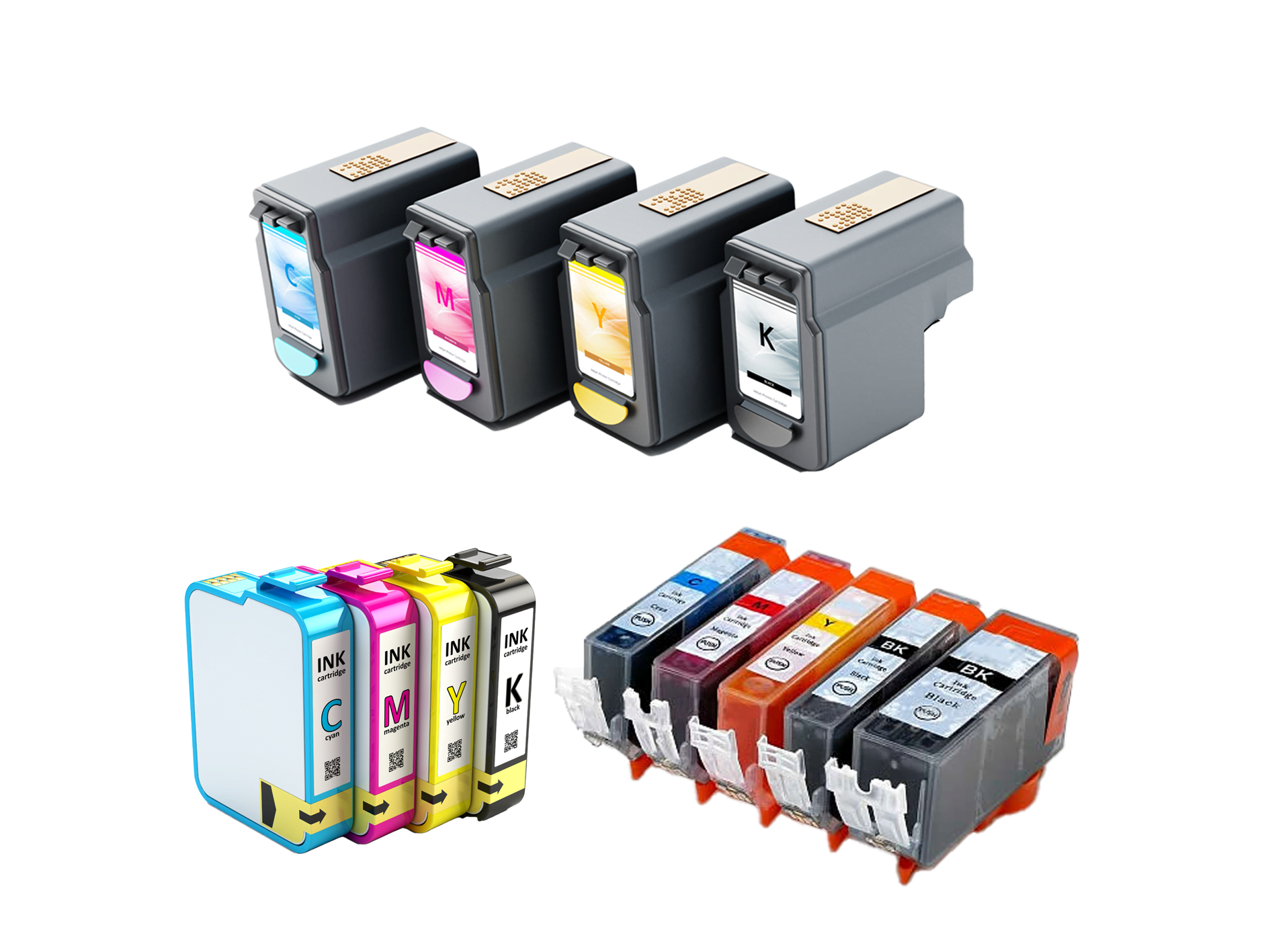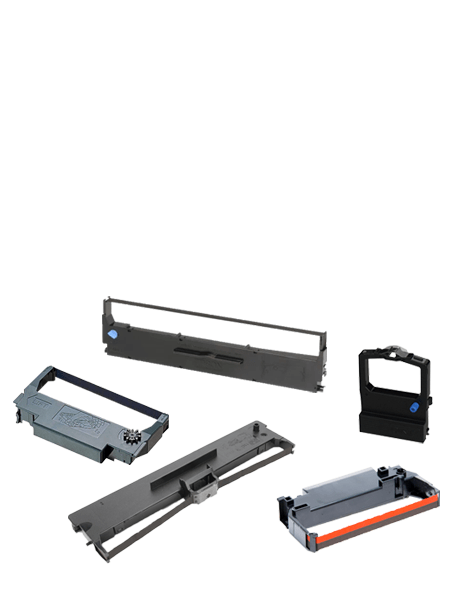Key Considerations When Choosing Photo Printers

Resolution & Color Accuracy
When investing in a photo printer, resolution should be your primary consideration. Today’s high-resolution printing technology typically offers between 4800 and 5760 dpi (dots per inch), delivering remarkable detail reproduction. For photography printing enthusiasts, look for printers with at least 4800 dpi to ensure your images maintain their crispness and detail when transferred from screen to paper. Color accuracy is equally crucial. The best photo printers utilize expanded color gamuts with 6-10 ink systems rather than the basic four-color CMYK setup. These additional inks—often including light cyan, light magenta, gray, and red—produce more accurate skin tones, smoother gradients, and richer colors overall.Ink Types & Longevity
Photo printers typically use either dye-based or pigment-based inks, each with distinct advantages:Dye-Based Inks
- Produce vibrant, glossy prints with rich colors
- Ideal for glossy and luster photo papers
- Generally less expensive than pigment inks
- Prints may fade faster (15-25 years) when exposed to light
Pigment-Based Inks
- Superior longevity (50-200 years depending on storage)
- More resistant to water and humidity
- Better performance on matte and fine-art papers
- Typically more expensive than dye-based options
https://youtu.be/XSd_4YLWNVE?si=GvmqAqNDo-GHX1RW
https://youtu.be/XSd_4YLWNVE?si=GvmqAqNDo-GHX1RW
Connectivity Options
Modern photo printers offer diverse connectivity options to streamline your workflow:- Wi-Fi Direct: Print directly from your camera or smartphone without a network
- Cloud Integration: Access and print photos from Google Drive, Dropbox, or iCloud
- SD Card Slots: Print directly from your camera’s memory card
- USB Ports: Connect external drives or cameras directly
- Mobile Apps: Control print settings and preview images from your device
Cost of Ownership
The initial purchase price is just one component of a printer’s total cost. Consider these ongoing expenses:
| Expense Type | Traditional Cartridge System | Tank/Refillable System |
| Initial Cost | S$300-800 | S$500-1,200 |
| Ink Cost (per 4×6″ photo) | S$0.50-1.20 | S$0.10-0.30 |
| Paper Cost (per 4×6″ sheet) | S$0.30-0.80 | S$0.30-0.80 |
| Maintenance | Minimal | Occasional cleaning |
Compact Design for Home Use
Space comes at a premium in Singapore homes, making a printer’s footprint an important consideration. Measure your available space before purchasing, and remember that most printers require additional clearance for paper loading and output trays. Some models offer space-saving features like vertical paper feeding or foldable trays when not in use.Top 5 Photo Printers for 2025 in Singapore
Comparison: Finding Your Perfect Photo Printer

| Model | Best For | Print Size | Ink Type | Cost Per 4×6″ Print | Price Range (SGD) |
| Canon Pixma G620 | Everyday photo printing | A4 (8.5×11″) | Dye (6 colors) | ~S$0.15 | S$399-449 |
| Epson EcoTank ET-8500 | Multi-purpose use | A4 (8.5×11″) | Hybrid (5 dye + 1 pigment) | ~S$0.20 | S$699-799 |
| Canon ImagePrograf Pro-310 | Professional photography | A3+ (13×19″) | Pigment (10 colors + CO) | ~S$0.80 | S$1,299-1,399 |
| Canon Pixma Pro-200S | Glossy photo enthusiasts | A3+ (13×19″) | Dye (8 colors) | ~S$0.60 | S$899-999 |
| Epson EcoTank ET-8550 | Large-format value | A3+ (13×19″) | Hybrid (5 dye + 1 pigment) | ~S$0.15 | S$1,099-1,199 |
Choosing Based on Your Photography Style
Casual Photographers
If you primarily print family photos and occasional landscapes for personal albums or home display, the Canon Pixma G620 offers the best balance of quality and value. Its six-ink system delivers excellent results for everyday photos while its tank system keeps costs minimal.Enthusiasts
For serious hobbyists who print regularly and experiment with different sizes and papers, the Epson EcoTank ET-8550provides the versatility to grow with your skills. Its large-format capabilities and low running costs make it ideal for exploring photography printing without breaking the bank.Professionals
If you sell prints or require exhibition-quality output, invest in the Canon ImagePrograf Pro-310. Its professional color management, exceptional detail reproduction, and versatility across media types deliver results that meet gallery standards.Optimizing Your Photo Printing Experience

Monitor Calibration
Before printing, ensure your monitor is properly calibrated. What you see on screen should match what appears on paper. Consider investing in a basic calibration tool (starting around S$150) for consistent results, especially if you’re serious about photography printing.Paper Selection
Different papers dramatically affect the final appearance of your prints:
- Glossy: Best for vibrant colors and high contrast; ideal for landscapes and bold images
- Luster/Semi-gloss: Reduces fingerprints and glare while maintaining vibrancy; perfect for portraits
- Matte: Eliminates reflections and provides a subtle, sophisticated finish; excellent for black and white
- Fine Art: Textured, archival-quality papers that add dimension and character; ideal for exhibition prints
Print Settings
Take time to understand your printer’s quality settings:- Use “High” or “Photo” quality settings for important prints
- Select the correct paper type in your printer settings
- For maximum detail, print at your image’s native resolution without scaling
- Consider using your printer’s borderless option for a professional look
Image Preparation
Before sending images to your printer:- Convert images to the appropriate color space (typically sRGB for consumer printers, Adobe RGB for professional models)
- Apply subtle sharpening specifically for print output
- Adjust brightness—prints typically appear 10-15% darker than screen images
- Resize to the appropriate resolution (300dpi for most photo printing)
Pro Tip: Create a test print strip showing different exposure and color balance adjustments before committing to a full-sized print. This can save considerable time and resources when fine-tuning your workflow.
Frequently Asked Questions
What’s the difference between dye and pigment ink for photo printers?
Dye-based inks consist of colorants dissolved in liquid, producing vibrant colors that are fully absorbed into the paper’s coating. They excel on glossy papers, creating smooth, vibrant prints but may fade faster (15-25 years) and are more susceptible to water damage. Pigment inks contain tiny solid particles suspended in liquid. They sit on the paper’s surface rather than being absorbed, offering superior longevity (50-200 years), better water resistance, and excellent results on matte and fine-art papers. However, they may appear slightly less vibrant on glossy papers and typically cost more than dye inks.
Are refillable ink tank printers worth the higher initial cost?
For most photography enthusiasts in Singapore, yes. While tank-based printers like Canon’s MegaTank and Epson’s EcoTank models cost 30-50% more upfront, they typically recover this difference after printing 500-1000 photos. If you print regularly, the savings are substantial—often reducing per-print costs by 80-90% compared to cartridge systems. Additionally, modern tank systems are clean and easy to refill, with individually keyed bottles that prevent misfilling. For occasional printers (fewer than 20 prints monthly), traditional cartridge systems may be more economical initially.
How important is printer resolution for photo printing?
While manufacturers often highlight resolution (measured in dpi), the difference between 4800dpi and 5760dpi is rarely noticeable in real-world printing. More important factors include:
- The number and quality of inks (more colors generally produce better results)
- Droplet size (smaller droplets create smoother gradients)
- The printer’s internal processing and color management
Can I use third-party inks and papers with these printers?
While third-party supplies can reduce costs, they come with considerations: Inks: Third-party inks vary widely in quality. Premium alternatives from established brands can work well, but ultra-cheap options may clog print heads, produce inaccurate colors, or fade quickly. For tank-based printers, third-party inks pose less risk as they don’t involve replacing entire cartridge assemblies. Papers: Third-party papers often work excellently, particularly those from respected manufacturers like Hahnemühle, Canson, or Moab. For best results, download the paper’s ICC profile and select the closest equivalent paper type in your printer settings.
How do I maintain my photo printer in Singapore’s humid climate?
Singapore’s high humidity can affect printer performance and print longevity. Consider these maintenance tips:
- Run a nozzle check and cleaning cycle monthly, even if the printer isn’t used regularly
- Store paper in resealable plastic bags with silica gel packets
- Keep the printer in an air-conditioned room when possible
- For long-term storage of prints, use acid-free sleeves or albums
- Consider a dehumidifier for your storage area if prints will be kept unframed
Conclusion: Bringing Your Digital Images to Life

Ready to Transform Your Digital Photos?
Explore Singapore’s best selection of photo printers and start creating professional-quality prints at home.
Shop Photo Printers To learn more about printers and cartridges, visit InkWorld.sg
























 Other
Other















